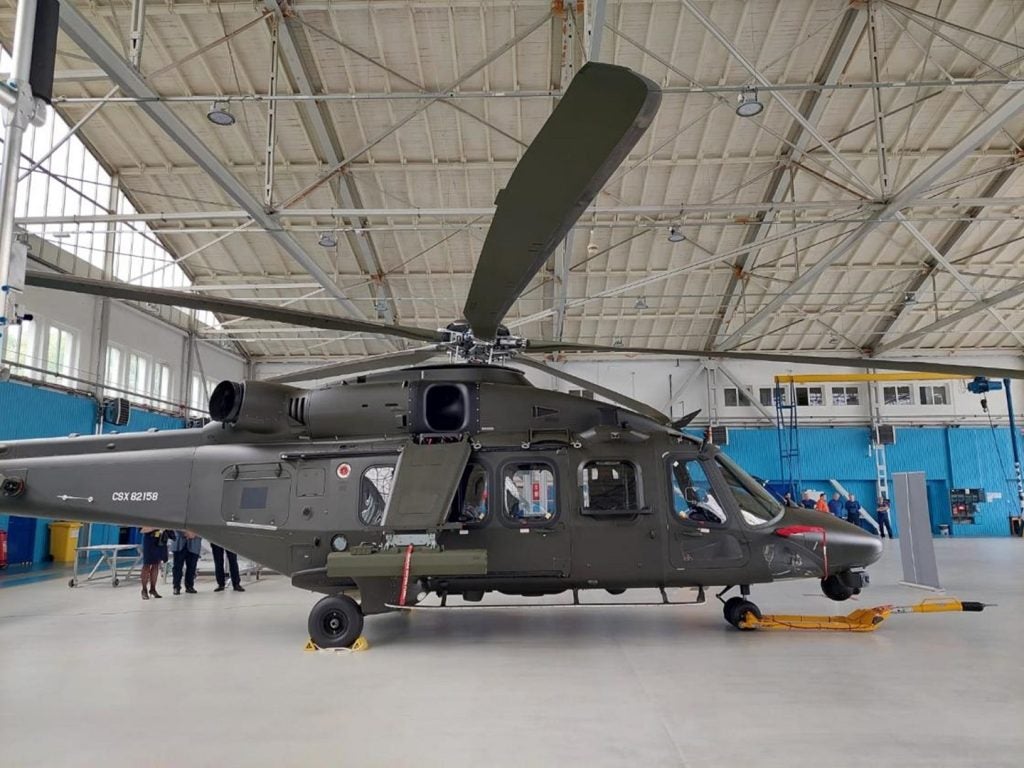
US Army engineers and scientists are developing flexible plastic sensors to improve situational awareness capabilities.
Once operational, it is hoped that the new technology will enable soldiers to accumulate information on the chemical-biological environment, troop movements and signal intelligence.
US Army Research, Development and Engineering Command executive deputy to the commanding general Jyuji Hewitt said: "The army of 2025 and beyond calls for advanced sensors that can locate and identify threats, enable protection systems to counter those threats and make it less likely an enemy will detect our vehicles."
As part of the research, scientists will also work on improving air operations in degraded visual environments, known as DVE.
Furthermore, researchers at the army’s Aviation and Missile Research, Development and Engineering Centre at Redstone Arsenal, Alabama, are working on a programme that integrates images of multiple sensor technologies, such as radar, infrared and laser detection and ranging (LADAR).
US Army Research and Technology deputy assistant secretary Mary Miller said: "Sensors and situational awareness are the keys to our soldiers being effective.
How well do you really know your competitors?
Access the most comprehensive Company Profiles on the market, powered by GlobalData. Save hours of research. Gain competitive edge.

Thank you!
Your download email will arrive shortly
Not ready to buy yet? Download a free sample
We are confident about the unique quality of our Company Profiles. However, we want you to make the most beneficial decision for your business, so we offer a free sample that you can download by submitting the below form
By GlobalData"I think that [the] army [science and technology] is looking at a broad number of approaches for what sensor capabilities we will need to meet future challenges.
"We’re looking to improve situational awareness, mobility, [and] lethality, and even improve the maintainability and effectiveness of our systems."
Image: The new flexible plastic sensors could assist soldiers in gathering data on the chemical-biological environment, troop movements and signal intelligence. Photo: courtesy of the US Army.







